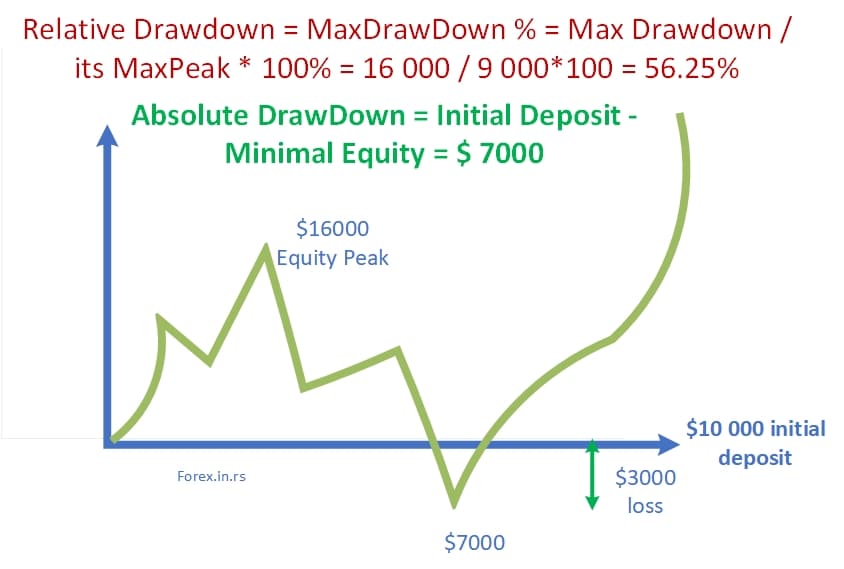

This line is a mathematical calculation based on estimates, and the estimates are more likely to be in error than the work.

Some people take issue with calling this an "ideal" line, as it's not generally true that the goal is to follow this line. At the end point, the ideal line intercepts the x-axis showing that there is no work left to be completed. At the start point, the ideal line shows the sum of the estimates for all the tasks (work) that needs to be completed. This is a straight line that connects the start point to the end point. Therefore, the work should be completed in (28 ÷ 2) ÷ 0.7 = 20 days. In the above example, there are an estimated 28 days of work to be done, and there are two developers working on the project, who work at an efficiency of 70%. This is the point that is farthest to the right of the chart and occurs on the predicted last day of the project/iteration This is the farthest point to the left of the chart and occurs at day 0 of the project/iteration. The time or story point estimates for the work remaining will be represented by this axis. The work that needs to be completed for the project. A burn down chart for a completed iteration is shown above and can be read by knowing the following: X-Axis


 0 kommentar(er)
0 kommentar(er)
